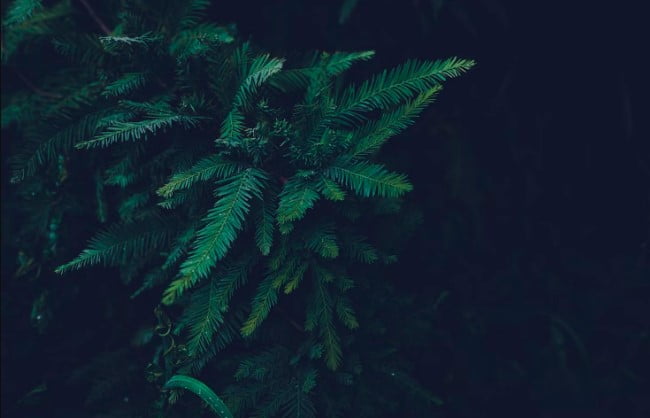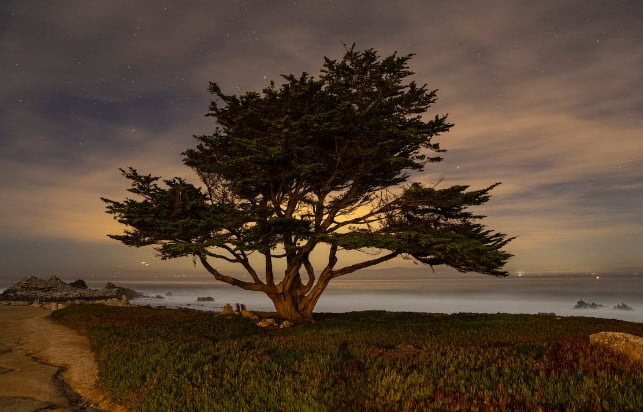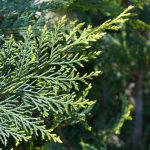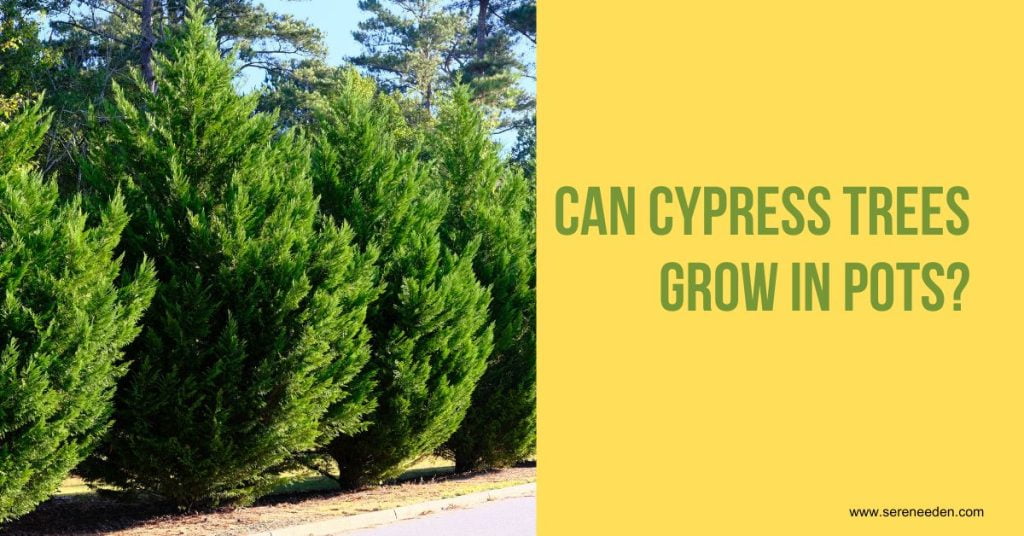10 Types of Cypress Trees for Landscaping in 2024
Cypress trees are a perfect choice if you would like to add evergreen beauty to your landscape. There are so many types of cypress trees for landscaping. The fact that they are low-maintenance makes them more suitable for any landscape.
There are many types of cypress trees for landscaping that can enhance the aesthetic appeal of your landscape. From Italian Cypress to Bald Cypress, these trees provide options to create the landscape of your dreams.
So, if you are on a journey to transform your outdoor space with these magnificent trees, this article is for you. Let’s dive in and see different types of cypress trees for landscaping.
Types of Cypress Trees for Landscaping
1. Bald Cypress (Taxodium distichum)

Also known as the swamp cypress, this tree is native to Florida. It grows in wet conditions but can also tolerate submerged and dry conditions, making it an excellent choice for any landscape.
This tree grows up to a height of between 50 and 70 feet. They have an upright structure and a triangular shape. The Bald Cypress root grows around it; some grow to six feet tall.
2. Italian Cypress (Cupressus sempervirens)
The Italian cypress is tall, slender, and has a symmetrical shape. It attains a height of three to five feet every year, while a mature tree reaches 40 feet tall. They grow well in the Mediterranean region.
Due to their elegant appearance, they are commonly used in garden entrances and driveways.
3. Arizona Cypress (Cupressus arizonica)
The Arizona cypress is native to Northern Mexico and Southern USA. However, it mainly grows in Arizona. It is drought-tolerant and thus can grow in any condition. It has a cone shape, and the foliage color can vary from gray-green to blue-gray.
On average, this tree grows at a rate of 13 to 14 inches per year, and a mature tree is 30-40 feet tall. Due to its pyramidal shape, it is commonly used as a windbreaker and Christmas tree.
4. Monterey Cypress Tree (Cupressus macrocarpa)

Also known as Lemon cypress, this is the fastest-growing tree that can grow up to ten inches per year. It is a native of California, US, but you will also find it in New Zealand, Europe, and some African nations.
The height of the Monterey cypress tree is about 130 feet. This tree has bright and golden yellow leaves, which you will find in most landscapes. Furthermore, it has dense foliage and a horizontal branching pattern.
5. Blue Cypress Tree
The Blue cypress tree has bluish-green foliage, thus the name Blue cypress. This tree is mainly grown in the Northern Mexican and South Western US. The Blue cypress develops slowly and is highly resistant to diseases.
6. Nootka Cypress (Cupressus Nootkatensis)
Also known as Yellow Cypress or Alaskan Cypress, this tree is native to the North American coast, Stretching all the way from Northern California to Alaska.
It grows well in cold conditions, preferably Zone 9, but can also do well in USDA Zone 5. However, there are varieties of Nootka cypress, but the most common is Green Arrow. The foliage is dark green and has a compact root system.
This tree can reach a height of 20 feet tall and 3 feet wide, so it’s perfect to grow in a small landscape.
7. Leyland Cypress Tree (Cupressus Leylandii)

This is a hybrid between Monterey Cypress and Alaska Cedar. This tree has a pyramid shape with dense foliage. It grows at a rate of 18 to 36 inches per year.
Additionally, it grows to a height of 22 feet and 70 feet tall without pruning. This tree is perfect for use as a privacy screen or evergreen hedge.
8. Chinese Weeping Cypress Tree (Cupressus Funebris)
This tree is also known as the mourning cypress due to its weeping appearance. It has pale green foliage with medium-sized conifers.
The tree is extensively planted in public parks and large landscapes. The Chinese Cypress do well in Zone 7-10. A mature Chinese Cypress can grow up to 20-30 feet tall.
9. Lemon Cypress
The Lemon Cypress tree is the most liked landscape tree by gardeners. They have golden yellow leaves with a velvet texture, which they can maintain throughout the year.
10. Hinoki Cypress (Chamaecyparis obtuse)

The tree is native to Japan and has a pyramid shape. The foliage is glossy, needle-like, and dark green. However, this tree has a slow development. The Hinoki Cypress might reach a height of 80 feet.
Ultimate Thoughts
So, next time you wonder what to include in your landscaping, you will have some ideas to get you started. The above types of cypress trees for landscaping will add beauty to your home.
Each cypress tree has its own growth habits, characteristics, and uses, making it suitable for landscaping. So, start the journey to enhance your landscape with these magnificent trees.
What’s the Prettiest Cypress Tree?
Arizona is indeed the most beautiful cypress tree in the world. It produces yellow flowers in winter and also in early spring. It has a pyramidal shape, which makes it suitable for making Christmas trees. This tree is native to Northern Mexico and SouthWestern US.
Why is Cypress so Valuable?
Cypress wood is a common material for construction. Its ability to resist decay, rot, and moisture makes it the best wood for housing. There is high demand for cypress wood, but the supply is low, thus making cypress trees so valuable.
What is a False Cypress Tree?
False cypress is a term used to refer to trees that are not true cypresses but have similar appearances. False cypress trees have different colors, textures, and evergreen foliage. These trees are common for landscaping.
What are the Tall Skinny Cypress Trees Called?
The tall, skinny cypress trees are called the Italian cypress. They have a slender and columnar shape, making them a popular choice for pathways, formal lines, or driveways.
Author Profile

- 🌿 Hello! I'm Mary, the nature-loving soul behind Serene Eden. Gardener, plant whisperer, compost connoisseur, sun-soaked plant enthusiast, and avid bee-watcher. Let's cultivate beauty, one bloom at a time. 🌱🌼
Latest entries
 Sustainable gardeningSeptember 2, 2024What is Sustainable Gardening?
Sustainable gardeningSeptember 2, 2024What is Sustainable Gardening? CypressAugust 7, 2024Leyland Cypress Tree – How to Grow and Care for leyland Cypress
CypressAugust 7, 2024Leyland Cypress Tree – How to Grow and Care for leyland Cypress Vegetable GardeningJuly 4, 2024Determinate Vs. Indeterminate Tomatoes
Vegetable GardeningJuly 4, 2024Determinate Vs. Indeterminate Tomatoes Vegetable GardeningJuly 3, 2024Growing Tomatoes in Pots – 9 Expert Tips for a Big Harvest
Vegetable GardeningJuly 3, 2024Growing Tomatoes in Pots – 9 Expert Tips for a Big Harvest



